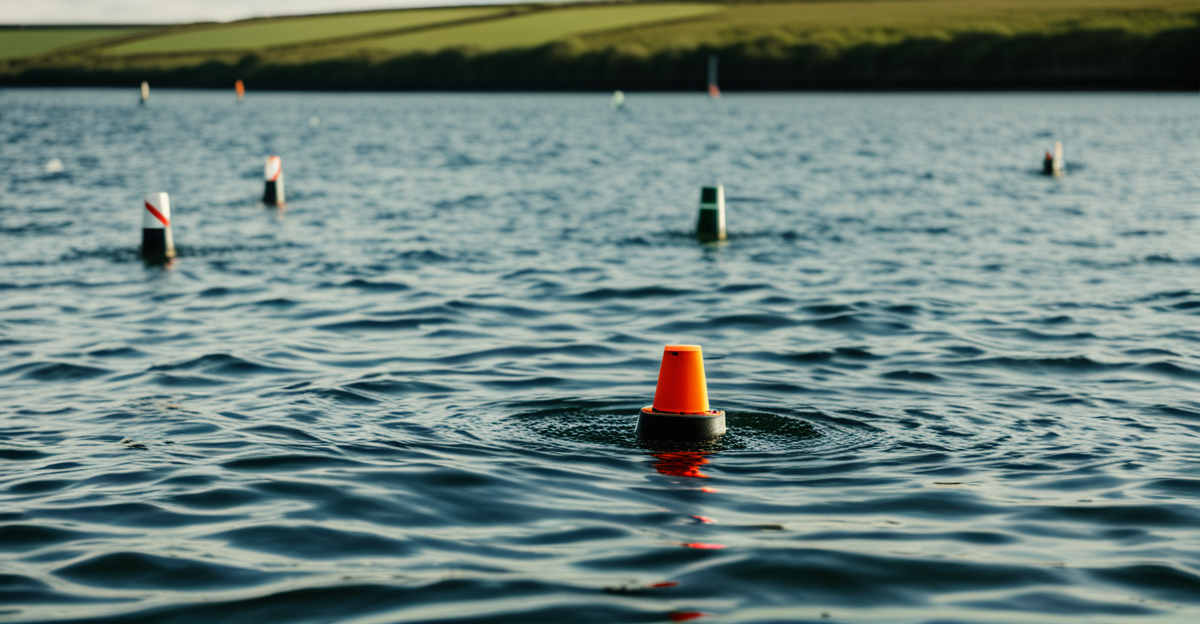Floating beacons are indispensable in the UK, ensuring safe navigation and maritime efficiency. Understanding their design, applications, and regulations provides valuable insight into maritime safety. Companies like Briggs Marine lead the way in maintaining these essential markers, adhering to international standards while promoting sustainability. Discover the pivotal role of floating beaconing in protecting lives and enhancing navigation on the UK’s waters.
Overview of Floating Beaconing in the United Kingdom
Floating beacons are pivotal navigational aids in UK waters, ensuring maritime safety by marking dangers such as underwater obstacles and guiding vessels through navigation channels. As an expert in the installation of floating beaconing in UK, Mobilis facilitates this crucial aspect of marine infrastructure. These beacons are not only vital for preventing maritime accidents but also protect sensitive zones, helping to maintain orderly traffic in busy waters.
Also read : Mastering Risk Management: Unleashing Powerful Strategies for Manchester’s Financial Firms
Technological advancements have dramatically enhanced the effectiveness of floating beacons. Modern floating beacons technology in the UK includes durable materials like high-density polyethylene, ensuring resilience against harsh sea conditions. Additionally, incorporating features such as flashing lights, these beacons provide high visibility even in adverse weather and at night, minimizing collision risks. Anchoring systems prevent drift, maintaining positional accuracy essential for safe navigation.
Moreover, floating beacons contribute significantly to maritime operations by integrating with GPS and other marine safety devices, enabling real-time monitoring and control. These innovations support environmental monitoring and improve navigational precision, reflecting the evolving landscape of maritime safety technology.
Topic to read : Effective Strategies for UK Tech Firms to Successfully Implement a Cybersecurity Framework
Types and Applications of Floating Beacons
Different Types of Floating Beacons
Floating beacons play a vital role in maritime safety. They come in various forms, each tailored to specific needs. Buoyancy-driven types such as lateral marks navigate channel sides—red for port and green for starboard. Meanwhile, cardinal marks indicate safe passage around hazards using cardinal directions. These beacons often feature durable materials like high-density polyethylene to withstand harsh conditions.
Applications in Coastal and Inland Waters
Floating beacon applications are abundant, serving both coastal and inland waters. Primarily, they ensure safe navigation by marking channels and underwater obstacles. Additionally, maritime safety is bolstered by demarcating no-navigate zones and bathing areas. Environmentally, they aid in marine wildlife protection by alerting vessels to sensitive areas, thus minimizing ecological impact.
Comparison to Traditional Navigation Markers
Unlike traditional fixed markers, floating beacons adapt to the dynamics of water currents and tides. This flexibility proves advantageous for locations with variable sea conditions. Moreover, technological advancements like GPS integration provide precise location data, enhancing safety and efficiency. Comparatively, traditional markers are reliable but lack the adaptability of modern floating beacons.
Regulations and Standards for Floating Beacons
Governing Regulations for Design and Usage
Understanding floating beaconing in the UK is critical. These navigational aids adhere to specific regulations that ensure maritime safety. The UK follows international standards set by the International Association of Marine Aids to Navigation and Lighthouse Authorities (IALA) for the design and usage of floating beacons. Compliance with these regulations prevents navigational errors and enhances the protection of maritime environments.
Maintenance Standards and Procedures
Floating beacon maintenance in the UK is a meticulous process. Regular inspections and refurbishment plans are essential for maintaining the functionality and safety of these devices. Proactive maintenance ensures operational integrity, significantly reducing the risk of marine incidents. Customized maintenance strategies are often employed to align with client requirements while adhering to international standards.
Innovations Impacting Compliance and Safety
Innovations in floating beacon technology continuously transform compliance and safety. Developments such as solar-powered systems and integrated GPS technologies improve the reliability and accuracy of beacon signals. These advancements are pivotal in emergency response plans, offering enhanced monitoring capabilities and quicker response times in adverse conditions, thereby boosting overall maritime safety.











